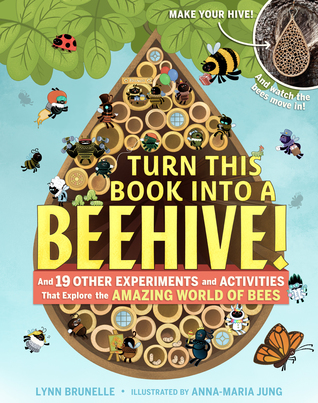Science Art and Drawing Games for Kids: 35+ Fun Art Projects to Build Amazing Science Skills by Karyn Tripp is currently scheduled for release on February 8 2022. This book guides children ages 8 and up through hands-on activities that explore an engaging variety of art and craft techniques and science concepts. Make special light-up greeting cards, and use magnets to create abstract paintings and solve mazes. Craft tiny terrariums, create plantable seed paper, and make your own paints using natural materials. Create exploding paintballs, grow a garden of crystal flowers, and learn to make plastic out of milk. Combine shaving cream and food coloring to make marbled paper, use the sun to print on paper and fabric, and make an awesome kaleidoscope from scratch.
Science Art and Drawing Games for Kids is a well organized and easy to follow book of projects. I like that the projects are divided into five different science concepts, so that projects on a particular subject are together. I thought the instructions were concise and easy to follow and that the accompanying images were well chosen and did a good job of illustrating those instructions. I was glad to see that the majority of supplies were things likely to be already in the home, with a few exceptions. I think this would be a great addition to home, school, and public library collections.







